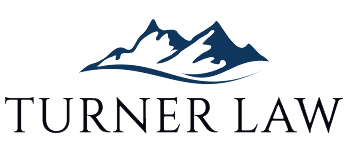How To Lose Your Child’s Inheritance In One Easy Step
 Jack’s mother and stepfather were married 25 years ago. Jack’s stepfather moved into Jack’s mother’s house when Jack was a teenager. Three years later the house was sold to purchase a new home. The new home was titled in the couple’s name as joint tenants with right of survivorship. Along with the house, Jack’s mother had investment accounts held jointly with Jack’s stepfather.
Jack’s mother and stepfather were married 25 years ago. Jack’s stepfather moved into Jack’s mother’s house when Jack was a teenager. Three years later the house was sold to purchase a new home. The new home was titled in the couple’s name as joint tenants with right of survivorship. Along with the house, Jack’s mother had investment accounts held jointly with Jack’s stepfather.
Jack’s mother passed away about four years ago. At that time, ownership of the house and the investment accounts automatically passed to Jack’s stepfather. Jack’s stepfather was named beneficiary of Jack’s mother’s retirement account and Jack named the contingent beneficiary.
Jack’s stepfather continued living in the house until he passed away. His children, who had been mostly absent from his life the last 25 years, showed up to the home the day after his passing. They collected an unknown amount of jewelry, cash, and a car before Jack even knew they were there. The stepfather’s children claimed that they cracked the safe and did not find a will or anything else of value.
Sadly, Jack is out over a million dollars in what he thought was an inheritance. Without a valid will or trust, Colorado intestate succession law assumes that the stepfather’s children would be his chosen heirs. We hear some version of this scenario from a client at least once a year. The problem can be avoided with a properly thought-out estate plan.
The estate plan can use either a will or a trust. In our opinion, the better option is a trust because it can be hard to prove the existence and content of a lost or stolen will. A funded trust is clear evidence that a trust document still exists and was not revoked. The trust can hold the house, investment accounts, and other assets. The trust can be the designated beneficiary for retirement accounts if the trust document is properly drafted. The married couple can agree in advance what is to happen when the first spouse dies and who is to receive their assets after the surviving spouse dies. For example, Jack’s mother could have created a trust which directed that her husband could continue to use the home and other assets during his life and that Jack would receive the home and investment accounts when the stepfather died. This scenario illustrates two major advantages of a trust: controlling your assets after death and preventing intra-family disputes.


